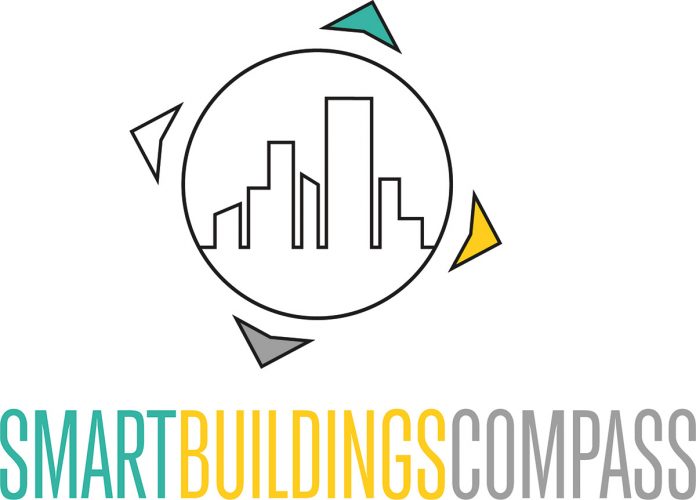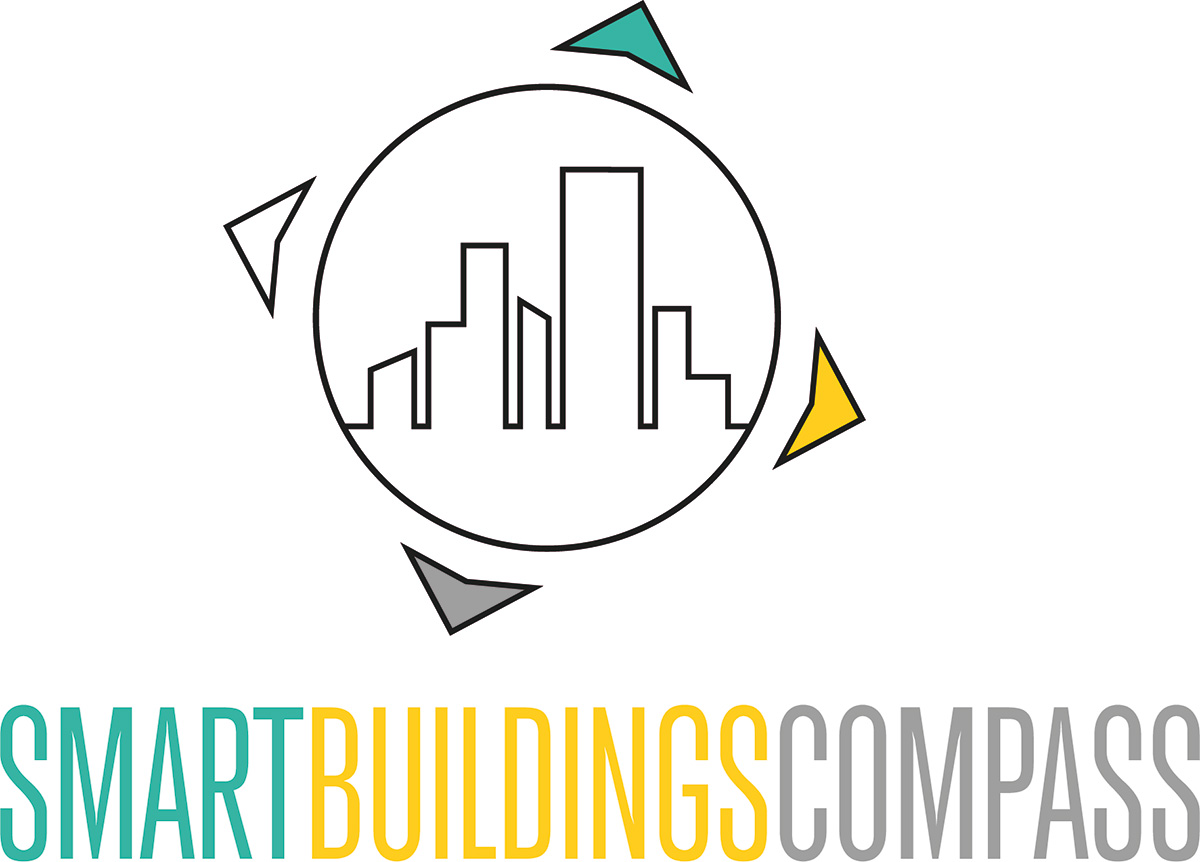Controlled residential ventilation and the corresponding ventilation technology is not only a trend that has increased in recent years. It also holds huge potential for preventing mold growth, improving the indoor environment and saving energy at the same time. But despite these advantages, the topic is not yet sufficiently present in the general public. Industry experts agree that the public sector should take more action to promote the introduction of controlled residential ventilation – especially in new construction of buildings with high occupancy densities.
Extremely high efficiency level
In recent years, the importance of regular ventilation for living and working spaces has increased significantly. The COVID 19 pandemic has given a boost to this trend. The energy crisis triggered by the Ukraine war has in turn caused rising heating costs for many people and has become a financial burden. Opening windows to air the room means that expensively heated air escapes to the outside. According to the industry association “Komfortlüftung Austria”, up to ten euros can be lost on a single cold winter day through window ventilation.
This cost issue has led more and more people to think about how they ventilate their rooms. Jochen Sattelberger, president of the industry association “Komfortlüftungssysteme Austria” and sales manager at Pluggit, emphasizes that modern ventilation technology today has an “extremely high degree of efficiency”, especially compared to conventional window ventilation. Classic ventilation can waste up to 50 percent of a home’s energy needs, which means that the money previously invested in heating is literally being thrown out of the window.

Credit: Pluggit GmbH
The increased cost of energy has brought into focus the reuse of energy that has already been generated. This is where comfort ventilation comes in, as it recycles the heating energy that has already been invested. Rainhard Ganster, product market manager for ventilation systems at Hoval, emphasizes the need to promote the use of existing energy more strongly. He argues that ventilation heat reused in heat recovery systems should be recognized as renewable energy. This would not only increase the acceptance of this technology, but also raise awareness for renewable energies as a whole.
Raising awareness for ventilation systems
However, the demands of industry experts go further. They are calling for mandatory rules requiring the use of ventilation systems with heat recovery in new construction of buildings with high occupancy densities. This could apply, for example, to schools and their ventilation systems. Energy standards such as “Klimaaktiv Gold” should only be awarded to buildings equipped with such ventilation systems. Housing subsidies should also be linked to the use of ventilation systems with heat recovery. Making these systems visible on the energy certificate could raise awareness and push the industry to develop the technology further.
Meanwhile, manufacturers are working on innovations. Companies such as Hoval and Pluggit have launched new systems which improve indoor air quality and also reduce the installation effort required by installers. These systems allow efficient heat recovery, which reduces heating costs and improves the indoor climate. They also provide better control over the air quality and reduce mold growth.
Standard in new buildings
Another focus is on efficient operation and low installation effort. These developments are crucial to making controlled residential ventilation the standard in new buildings. Ventilation technology not only contributes to health and comfort, but also contributes to climate protection. As a result, controlled residential ventilation could make a decisive contribution to energy efficiency and well-being in our living spaces.






